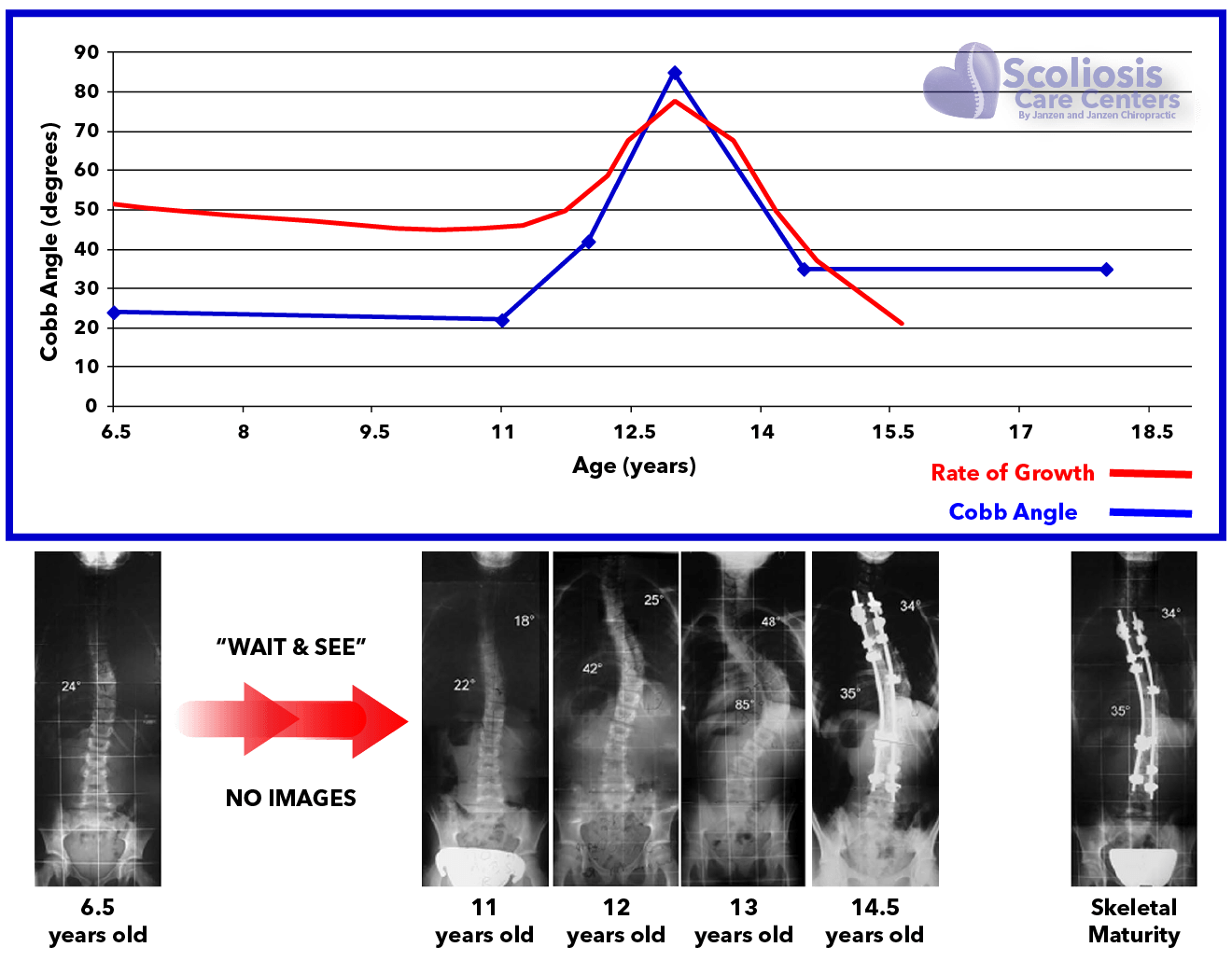
Are you concerned that your child’s scoliosis might be worsening?
Unsure if their current treatment—or lack thereof—is sufficient to prevent the curve from progressing? Traditionally, doctors avoid monitoring scoliosis too frequently due to concerns about radiation exposure from spinal X-rays. The good news is that you can now visualize the spine and assess your child’s scoliosis without any radiation at all.
It’s now possible to evaluate scoliosis using a standing MRI, completely free of radiation, with results available in as little as one minute. This innovative standing MRI scan, called ScoliSnap, provides a rapid “snapshot” of the spine, enabling your doctor to monitor scoliosis more frequently and accurately. Not only is the scan quick and straightforward, but most importantly, it poses no radiation risk to your child—it’s entirely radiation-free.
With radiation eliminated from scoliosis imaging, the real risk lies in not monitoring the condition regularly. Failing to check the spine early and often can allow scoliosis to progress silently, potentially reaching a severity that requires surgery. This outcome can often be prevented, and a ScoliSnap MRI is the essential first step in reducing your child’s surgical risk.
How Often Should Scoliosis Be Monitored with ScoliSnap?
In general, we recommend a ScoliSnap image every three months. Even during periods of rapid growth—when curves tend to worsen most quickly—three months provides sufficient frequency to detect issues early and implement corrective measures. The traditional approach of imaging every six months to a year simply waits too long, as significant progression can occur in that timeframe.
Using ScoliSnap for “Wait and See” Monitoring
When scoliosis is first diagnosed, many parents hear, “It’s probably nothing serious. We’ll just keep an eye on it and take another X-ray in a year.” The issue with this strategy is that during peak growth phases, a curve can double in size within a year. A 20-degree curve might become 40 degrees by the next imaging session—and 40 degrees in a growing child often falls into surgical territory for many specialists. To avoid this, image sooner and more frequently, allowing time for effective non-surgical interventions.

Monitoring Alternative Non-Surgical Treatments with ScoliSnap
Exploring alternative scoliosis treatments, such as Schroth therapy or other holistic approaches, can be a sensible way to avoid surgery. However, these options don’t always deliver the promised results. If you’re pursuing an alternative non-surgical path, ScoliSnap offers a reliable method to measure its effectiveness. A prompt ScoliSnap check lets you confirm whether you’re on the right track or if adjustments are needed.
